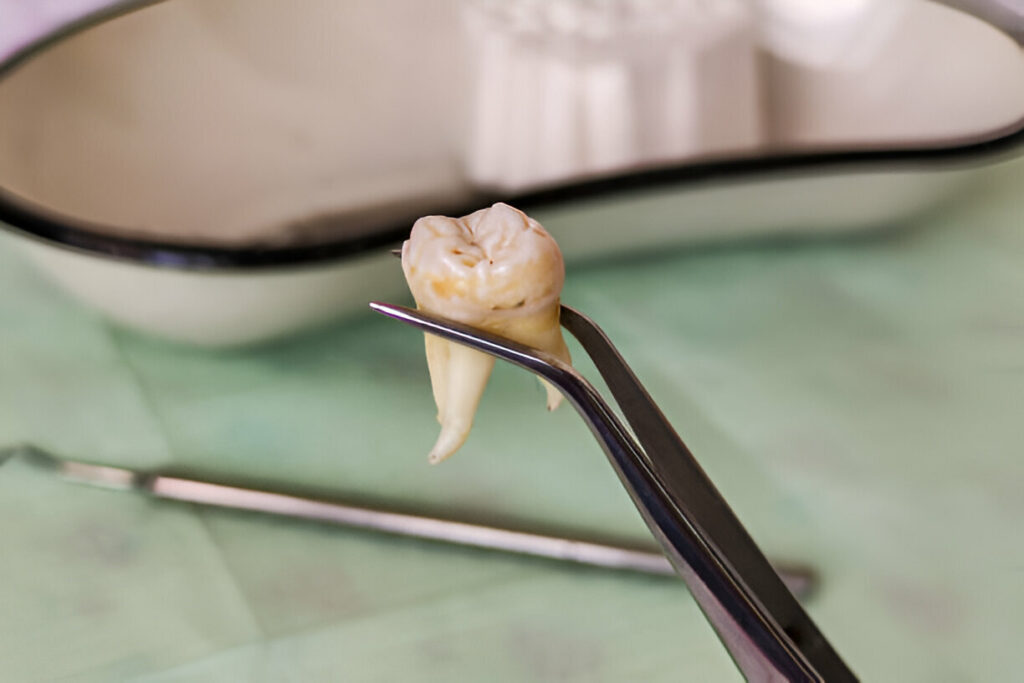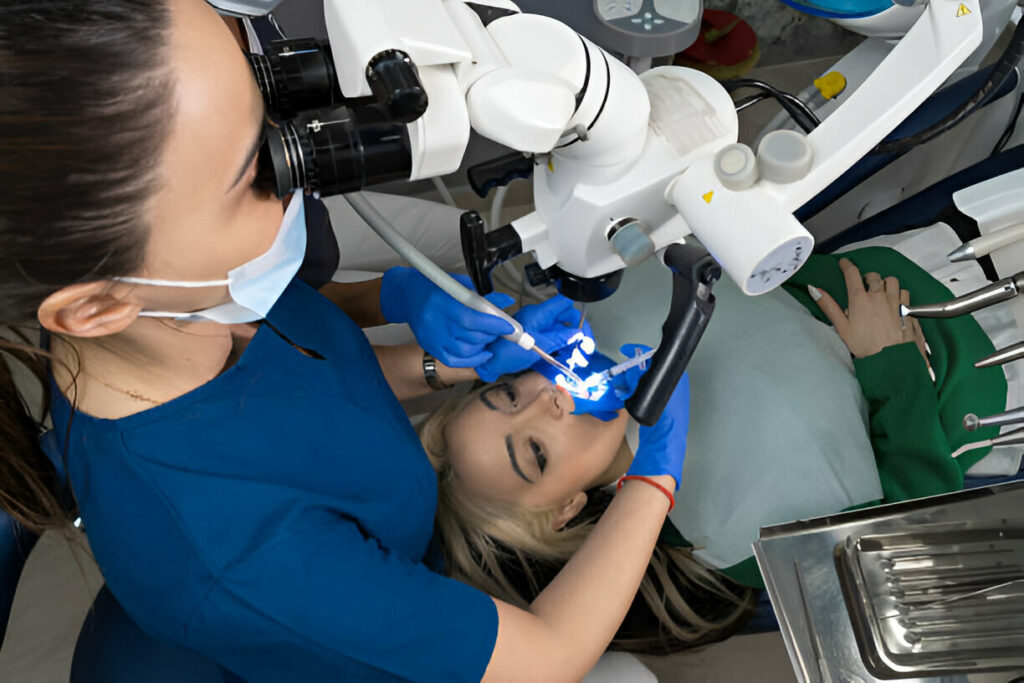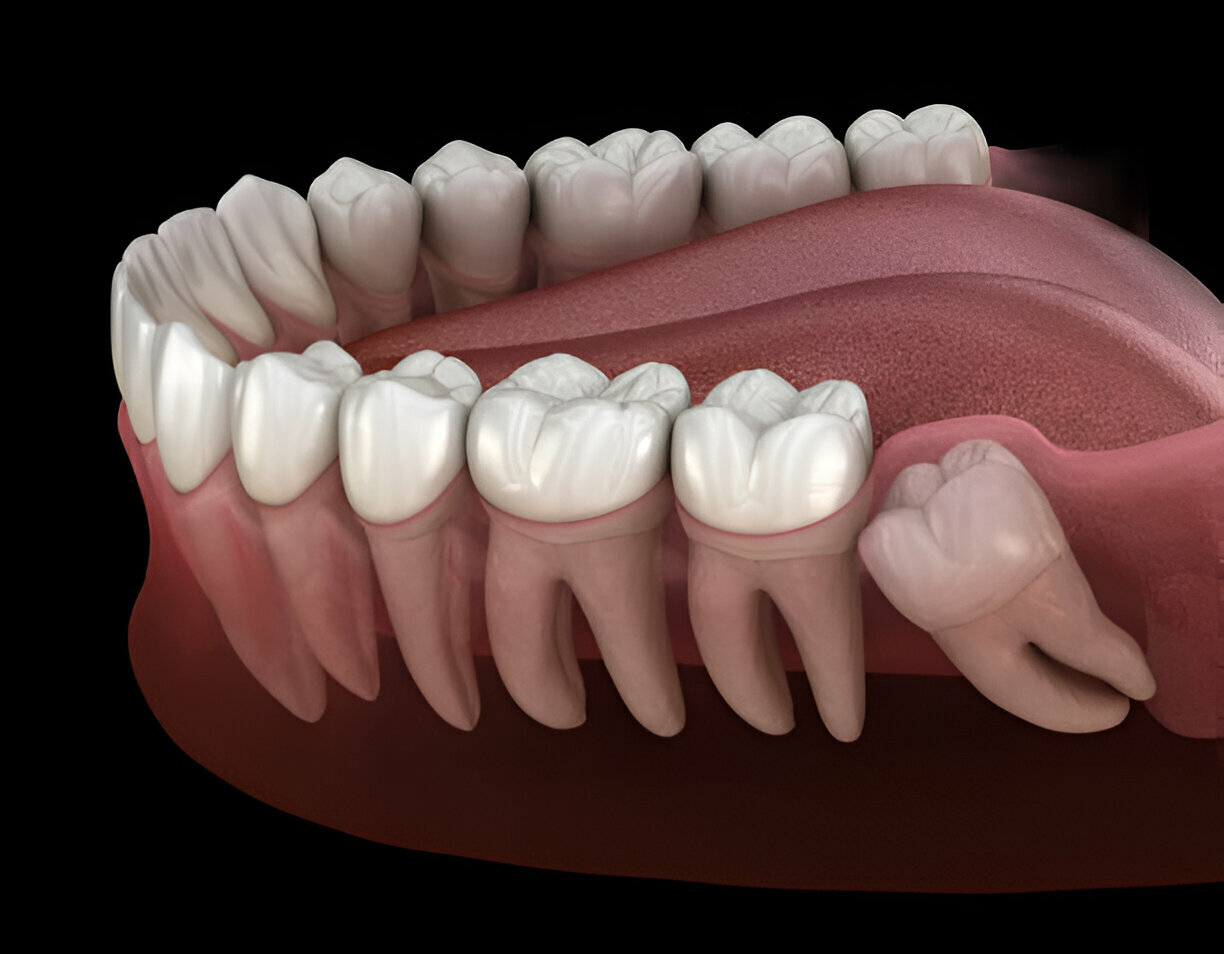Summary
Did you know? Nearly 5 million people have their wisdom teeth removed every year!
However, the real problem for most of these individuals begins after the procedure. This is because they are unaware of the wisdom tooth extraction procedure~ what it entails, risks and complications, post-extraction care, and so on.

Therefore, keeping the same in mind, this blog takes a closer look at the different aspects of wisdom tooth removal through topics like:
- Do You Need Wisdom Tooth Extraction?
- The Wisdom Tooth Removal Procedure
- What Happens After Wisdom Tooth Removal?
- Risks and Complications of Wisdom Tooth Removal
So continue reading as we learn more about wisdom tooth extraction in the following sections.
Do You Need Wisdom Tooth Extraction?
If you have indications or symptoms of a problem with your wisdom teeth, you may need to have them removed. On the contrary, you may not experience any symptoms at all. X-rays can determine whether the location of your wisdom tooth is likely to give any trouble in the future.
Signs And Symptoms That You May Need Wisdom Teeth Removal
- Pain
- Infection
- Cavities that your dentist cannot restore
- Swollen gums
Tooth Position Prompting Wisdom Teeth Removal
- Impacted – Wisdom teeth that emerge partially or sideways risk infecting neighboring teeth or causing damage.
- Crowding nearby teeth – Sometimes, fully erupted wisdom teeth might press against neighboring teeth, causing misalignment.
- Too far back to clean – When wisdom teeth are positioned so far back in the mouth that they are challenging to clean, bacteria can lead to tooth or gum disease and bone loss.
The ADA advises monitoring seemingly healthy wisdom teeth to prevent future dental problems, as the likelihood of wisdom teeth increases with age.
The Wisdom Teeth Removal Procedure
A five-step technique will be used to remove your troublesome wisdom tooth. Each of these actions will need less than 45 minutes. The method also depends on where your wisdom tooth has erupted. This is because the treatment at a Hutchinson KS dentist’s clinic differs significantly from that at a surgeon’s practice.

The steps involved in tooth extraction are:
Step 1: Sedation or Anesthesia
Sedation is used for more complex procedures or if the patient is terrified of the extraction. Depending on the level of your procedure, your dentist will suggest sedation or anesthesia.
Step 2: Incision
If your tooth has not yet erupted, you must complete this step. A dental practitioner will undertake this operation to expose your tooth for extraction. If the wisdom teeth are caught in the bone, the jawbone will be cut out to remove them.
Step 3: Tooth Dissection
If your tooth is in an unusual location, your dentist will likely have to break it into smaller pieces, reducing the size of the hole in the gum.
Step 4: Extraction
After dissection, the tooth must be extracted. During this operation, you will feel some pressure as the tooth is shaken to uproot it from its socket and then removed.
Step 5: Stitching
Following the removal, the dentist sutures the gum back together. The doctor will also offer you a gauze pad for the swelling region. You will also have some minor bleeding.
What Happens After Wisdom Teeth Removal?
You might expect discomfort, bleeding, and edema following wisdom tooth removal. Your dental surgeon will recommend managing wisdom teeth to alleviate these negative effects. Once the sedative wears off, a trustworthy friend or family member should accompany you home.
DO’s following the treatment
- Leave gauze in place for about 30 minutes: Following the surgery, you should leave the gauze in place for 30 minutes. Replace with clean gauze as and when required. Your surgeon will advise you when to discontinue using gauze following wisdom tooth extractions in Hutchinson, KS. However, in general, you can remove it once the bleeding stops.
- Rest as much as possible: Spend at least three to five days at home to recover fully. If your profession involves a lot of hard labor, you may have to take a longer break before resuming work.
- Use an ice pack to reduce swelling: Place a fresh towel over it and press it against your face. After 20 minutes of use, remove the pack and repeat for another 20 minutes. Repeat several times a day.
- Keep extraction sites clean: Soak the surgery site with an alcohol-free antimicrobial mouthwash. Do not swish as it can remove blood clots, resulting in dry sockets, a painful disease that exposes the bone at the extraction site. Instead, bend your head to either side and let the mouthwash seep into the regions.
- Brush and floss the rest of your teeth daily: While you should avoid brushing around the extraction sites, keeping your other teeth clean during recovery lowers your chance of infection.
DON’Ts following the treatment
- Drink through a straw: Drinking with a straw dislodges blood clots and leads to dry sockets.
- Exercise until your surgeon says it’s OK: Increasing your heart rate raises your chances of discomfort, bleeding, and edema. Most people may resume their exercise regimen within 48 to 72 hours.
- Lift heavy things: Heavy lifting also raises the risk of postoperative problems such as discomfort, hemorrhage, and edema.
- Eat hard, crunchy, or chewy foods: These might irritate your recovering gums and create discomfort.
- Drink carbonated beverages or beverages containing alcohol: These beverages might loosen blood clots and cause dry sockets. Skip these beverages for at least five days.

Risks and Complications of Wisdom Teeth Removal
Common Post-Surgical Complications
In general, postoperative problems are not that common. However, some people may develop complications such as wisdom tooth removal, infection, and edema. If this happens, contact your dentist right away. They may prescribe medications to assist with the condition.
Another typical side effect of wisdom tooth removal is a dry socket. If there’s no blood clot at the extraction site or it becomes dislodged, you’ll feel a throbbing ache known as a dry socket. The treatment for this may involve cleaning the socket, using a medicated wound dressing, and administering pain medication.
How to Mitigate Potential Risks?
Following your dental professional’s recommendations is critical to avoiding post-surgical issues. To prevent blood clots, avoid washing, spitting, using straws, drinking hot liquids, and eating tough meals. Also, avoid smoking and consuming alcohol.
Takeaway
- If you have indications or symptoms of a problem with your wisdom teeth, you may need them removed.
- One of the typical side effects of wisdom tooth removal is a dry socket.
- To avoid post-surgical issues, following your dental professional’s recommendations is critical.
- You might expect some discomfort, bleeding, and edema following wisdom tooth removal.
- Visit our experts at Grant D.Ringler, DDS, for a smooth and risk-free wisdom teeth removal today!

